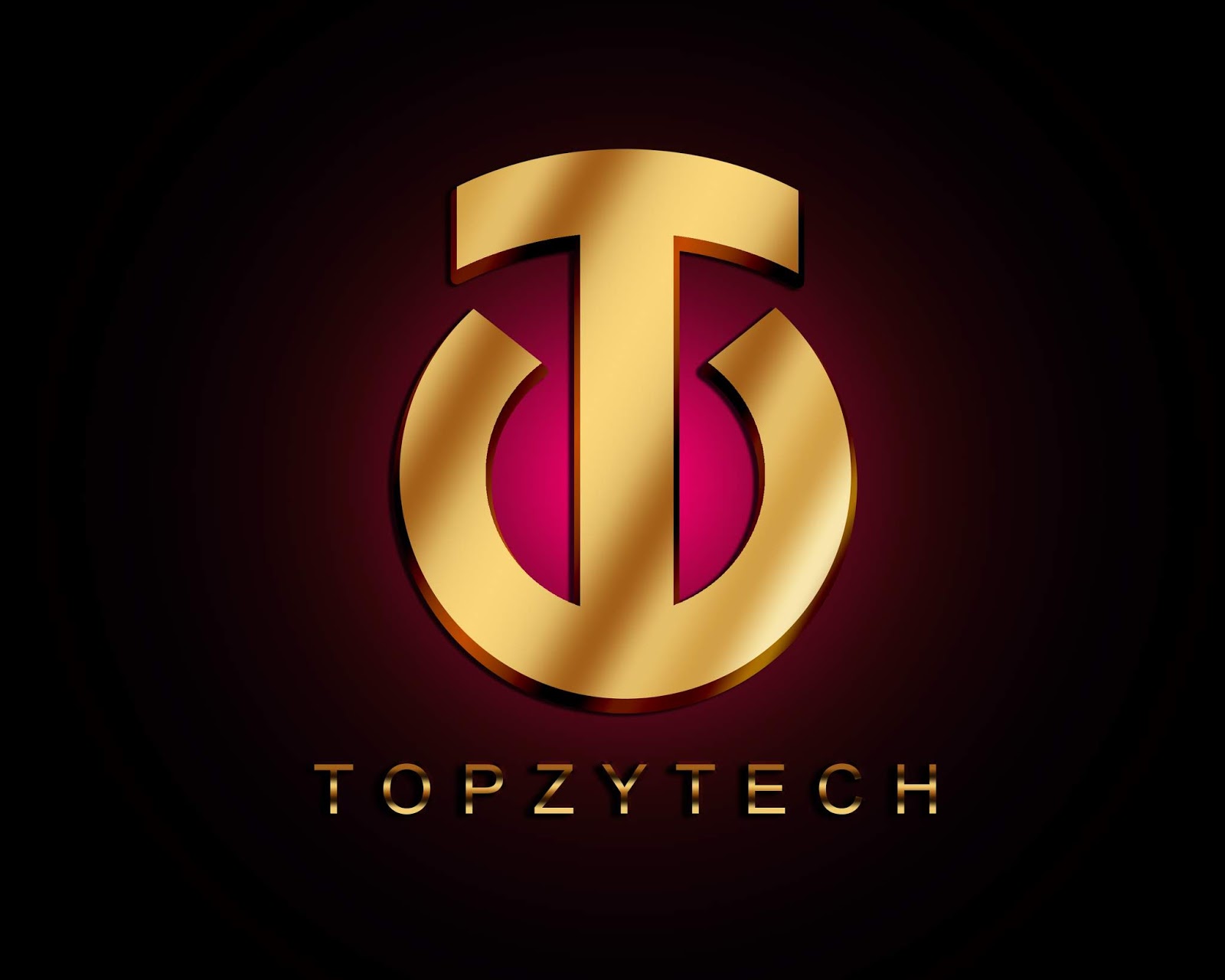Best logo design is the process of creating a visual symbol or emblem that represents a brand, company, organization, or individual. A logo can be made up of text, images, or a combination of both, and is intended to convey the essence of the brand or organization it represents.
Before you start the logo design process, make sure you have a clear understanding of your brand’s identity, values, and target audience. This will help you convey your vision to the designer or choose the right elements if you’re designing the logo yourself.
Your logo is an essential part of your brand’s identity, so it’s worth investing time and resources to create a logo that represents your business effectively.
Where to design a logo
Designing a logo can be done in several ways, depending on your budget, skills, and preferences. Here are some options for where you can design a logo:
Hire a Professional Graphic Designer:
If you want a unique and high-quality logo, consider hiring a professional graphic designer. They can create a custom logo tailored to your brand’s identity. Look for designers on platforms like Upwork, Fiverr, or 99designs, or seek recommendations from your network.
Use Logo Design Software:
There are various online logo design tools and software available that allow you to create logos yourself. Some popular options include Adobe Illustrator, Canva, LogoMaker, and Looka (formerly Logojoy). These platforms often offer templates, design elements, and easy-to-use interfaces.
Online Logo Makers:
Online logo makers are user-friendly tools that guide you through the logo design process. Some examples include Tailor Brands, Wix Logo Maker, and Looka. You provide input about your brand, and the tool generates logo options for you.
DIY with Graphic Design Software:
If you have graphic design skills, you can use software like Adobe Illustrator or CorelDRAW to create your logo from scratch. This option offers complete creative control.
Crowdsourcing Platforms:
Platforms like 99designs and DesignCrowd allow you to hold logo design contests. You describe your project, set a budget, and multiple designers submit logo concepts. You then choose the one you like the most.
Local Design Agencies:
Consider working with a local design agency if you prefer face-to-face communication. They can help you through the entire design process, from concept development to finalization.
Logo Design Apps:
Some mobile apps, like LogoMakr and Hatchful by Shopify, offer logo design capabilities on your smartphone or tablet. This can be a convenient option if you need a simple logo quickly.
Freelance Designers or Art Students:
You can also find freelance designers or art students who may offer more affordable rates compared to established professionals. Check platforms like Freelancer, Behance, or even local universities.
When choosing where to design your logo, consider your budget, design expertise, and the level of customization you require. A well-designed logo is crucial for brand recognition, so invest time and resources accordingly to ensure it effectively represents your business or brand.
Where to design website logos
Before you start the logo design process, make sure you have a clear understanding of your brand’s identity, values, and target audience. This will help you convey your vision to the designer or choose the right elements if you’re designing the logo yourself.

Your logo is an essential part of your brand’s identity, so it’s worth investing time and resources to create a logo that represents your business effectively.
How to design your own logo
 Designing your own logo can be a fun and creative process, but it also requires careful consideration to ensure that it effectively represents your brand or identity. Here’s a step-by-step guide on how to design logo:
Designing your own logo can be a fun and creative process, but it also requires careful consideration to ensure that it effectively represents your brand or identity. Here’s a step-by-step guide on how to design logo:
- Define Your Brand:
- Start by understanding your brand’s values, mission, and target audience. What message do you want your logo to convey? What emotions or associations should it evoke?
- Research:
- Look at the logos of similar businesses or organizations in your industry for inspiration. Pay attention to what works and what doesn’t.
- Sketch Ideas:
- Grab a pencil and paper and start sketching rough ideas for your logo. Don’t worry about perfection at this stage; focus on brainstorming as many concepts as possible.
- Choose a Style:
- Decide on the style of your logo. Common styles include wordmarks, lettermarks, symbols/icons, combination marks, and emblems. Your choice should align with your brand’s personality.
- Select Colors:
- Choose a color palette that reflects your brand’s identity and resonates with your target audience. Consider the psychology of colors and how they impact perception.
- Typography:
- If your logo includes text, select appropriate fonts or customize them to create a unique look. Make sure the typography is legible and complements the overall design.
- Keep It Simple:
- Simplicity is key to a memorable logo. Avoid clutter, intricate details, or too many colors. A simple design is more versatile and recognizable.
- Balance and Proportion:
- Ensure that your logo elements are well-balanced and proportional. It should look visually pleasing and harmonious.
- Make it Scalable:
- Your logo should look good in various sizes, from a small icon on a website to a large sign on a building. Test its scalability to ensure it remains recognizable and legible.
- Test in Black and White:
- A good logo should work in black and white as well as in color. Test your design in grayscale to see if it retains its impact.
- Seek Feedback:
- Share your logo concepts with friends, family, or colleagues and gather feedback. Their input can provide valuable insights and help you refine your design.
- Iteration:
- Based on the feedback you receive, make necessary revisions and improvements to your logo. Repeat this process until you’re satisfied with the result.
- Digitalize:
- Once you have a final design, use graphic design software (e.g., Adobe Illustrator, Canva, or other design tools) to create a digital version of your logo. Ensure it’s in a vector format for scalability.
- Test in Various Contexts:
- Place your logo on different backgrounds and mediums (e.g., business cards, websites, merchandise) to ensure it remains effective and adaptable.
- Legal Considerations:
- Check for trademark or copyright issues to ensure your logo doesn’t infringe on others’ intellectual property.
- Finalize:
- Save your logo in various formats (e.g., PNG, JPEG, SVG) for different use cases. You may also want to create a style guide that specifies logo usage, colors, and fonts.
- Implement:
- Start using your logo on all your branding materials, such as business cards, websites, social media profiles, and merchandise.
Remember that designing a logo can take time, and it’s essential to be patient and open to feedback throughout the process. Your logo should be a reflection of your brand’s identity and values, so invest the effort to create something unique and memorable. If you find the process challenging, consider hiring a professional graphic designer to assist you.
How to design company logos
 Designing a company logo is an important step in creating a visual identity for your business. A well-designed logo can convey your brand’s values, personality, and purpose. Here’s a step-by-step guide to help you design an effective company logo:
Designing a company logo is an important step in creating a visual identity for your business. A well-designed logo can convey your brand’s values, personality, and purpose. Here’s a step-by-step guide to help you design an effective company logo:
Define Your Brand:
Start by understanding your brand’s identity, values, and target audience. What message or feeling do you want your logo to convey?
Identify your brand’s unique selling points and characteristics that you want to represent visually.
Research and Inspiration:
Look at logos of other companies in your industry and related fields for inspiration. This will help you get an idea of current design trends and what works.
Gather examples of logos you like and take note of what elements you find appealing.
Sketch Ideas:
Begin by sketching rough concepts and ideas on paper. Don’t worry about perfection at this stage; the goal is to explore various possibilities.
Experiment with different shapes, fonts, and symbols that relate to your brand.
How to design logo:
There are several types of logos to consider:
a. Wordmark/Logotype: Emphasizes the company name using a unique font or typographic treatment.
b. Symbol/Icon: Uses a distinctive symbol or icon to represent the brand.
c. Combination Mark: Combines a wordmark and symbol/icon.
d. Emblem: Integrates the company name into a unique symbol or shape.
Color Selection:
Choose a color scheme that aligns with your brand’s identity and message. Colors have psychological associations, so select them carefully.
Ensure that your logo is versatile and can work in both color and grayscale.
Typography:
If you’re using text in your logo, select a font that reflects your brand’s personality. Typography plays a significant role in logo design.
Customize the chosen font if necessary to create a unique look.
Simplicity and Scalability:
Keep your logo design simple and avoid clutter. A clean and straightforward design is more memorable and versatile.
Ensure your logo looks good at various sizes, from small icons to large banners.
Test in Different Contexts:
Visualize how your logo will appear on various marketing materials, such as business cards, websites, and merchandise.
Test the logo on different backgrounds to ensure it remains legible and impactful.
Get Feedback:
Share your logo concepts with colleagues, friends, or focus groups to gather feedback and make improvements.
Refine and Finalize:
Based on the feedback received, refine your logo design until you are satisfied.
Pay attention to the details, such as alignment, spacing, and proportions.
Professional Assistance:
If you’re not confident in your design skills, consider hiring a professional graphic designer who specializes in logo design.
Protect Your Logo:
Once your logo is final, consider trademarking it to protect your brand identity legally.
Remember that a well-designed logo is an investment in your brand’s future. Take your time and ensure it effectively represents your company’s values and objectives.
How to design a logo in photoshop
 Designing a logo in Photoshop can be a creative and enjoyable process. Here’s a step-by-step guide to help you design a logo using Adobe Photoshop:
Designing a logo in Photoshop can be a creative and enjoyable process. Here’s a step-by-step guide to help you design a logo using Adobe Photoshop:
Step 1: Define Your Brand
Before you start designing, it’s essential to have a clear understanding of your brand’s identity, values, and target audience. This will help you create a logo that effectively represents your business or organization.
Step 2: Brainstorm Ideas
Think about the message you want your logo to convey and sketch out some rough ideas. Consider the following elements:
Shapes and symbols
Colors
Typography (if including text)
Style (minimalistic, illustrative, vintage, modern, etc.)
Step 3: Choose the Right Tools
Open Photoshop and create a new document with the appropriate dimensions for your logo. A common choice is to use a square canvas (e.g., 1000×1000 pixels) to ensure versatility.
Step 4: Create or Import Basic Shapes
You can start with basic shapes like circles, squares, triangles, or custom shapes to form the foundation of your logo. Use the Shape Tool or Pen Tool for this purpose.
Step 5: Add Typography (if needed)
If your logo includes text, use the Text Tool to add it. Choose a font that aligns with your brand’s identity and make sure it’s legible and aesthetically pleasing.
Step 6: Incorporate Graphics or Illustrations
If your logo requires custom graphics or illustrations, you can create these in Photoshop using drawing tools, brushes, and layers. Ensure that the graphics align with your brand’s message and style.
Step 7: Experiment with Color
Choose your logo’s color scheme carefully. Colors have a significant impact on how your brand is perceived. Create a color palette that resonates with your brand’s personality and values.
Step 8: Refine and Iterate
Design is an iterative process. Continuously refine your logo, adjusting shapes, colors, and typography until you’re satisfied with the result. Pay attention to balance, symmetry, and overall aesthetics.
Step 9: Export the Logo
Once you’re happy with your logo, it’s time to export it for various use cases. Save a high-resolution version as a .PNG or .JPEG file for web and print. You may also want to create vector versions of your logo using Adobe Illustrator (or a similar vector graphics program) for scalability without loss of quality.
Step 10: Get Feedback
Share your logo with others, especially with colleagues or friends who have a good sense of design. Collect feedback and make any necessary adjustments based on their input.
Step 11: Protect Your Logo
If your logo is an integral part of your brand identity, consider trademarking it to protect your intellectual property.
Remember, designing a logo is a creative process, and there are no strict rules. Feel free to experiment and be creative while keeping your brand’s identity and message in mind.
Logo design books

If you’re looking to learn more about logo design, there are several books that can provide valuable insights and guidance. Here are some recommended logo designing books:
“Logo Design Love” by David Airey
This book is a popular choice for beginners and covers the fundamentals of logo design, including typography, color theory, and the creative process. It also includes case studies of successful logos.
“Logo Modernism” by Jens Müller and R. Roger Remington
This book is a comprehensive collection of logos from the modernist era (1940s to 1980s). It’s a great resource for understanding the evolution of logo design and gaining inspiration from classic designs.
“Identity Designed” by David Airey
Another book by David Airey, this one focuses on the broader concept of visual identity design, which includes logos, branding, and more. It features case studies and insights from renowned designers.
“Symbol” by Angus Hyland and Steven Bateman
“Symbol” explores the history and cultural significance of symbols and icons, including logos. It’s a visually rich book that provides context and inspiration for logo designers.
“Logo Creed” by Bill Gardner and Catharine Fishel
This book features a collection of logos categorized by themes, helping designers find inspiration for various industries and styles. It’s a practical resource for brainstorming ideas.
“Los Logos” series by Robert Klanten, et al.
This is a series of logo designs uk books that showcase contemporary logo design from around the world. Each book focuses on different aspects, such as typography, symbols, and branding.
“Logo Design Workbook” by Noreen Morioka and Terry Stone
This workbook-style book guides readers through the logo design process with practical exercises and examples. It’s a hands-on approach to learning logo design.
“Logo Lounge” series by Bill Gardner.
This ongoing series features logo designs submitted by designers worldwide. It’s a great resource for discovering current trends and getting a sense of what’s happening in the logo design industry.
“Marks of Excellence: The History and Taxonomy of Trademarks” by Per Mollerup
While not solely focused on logo designers uk, this book delves into the history and taxonomy of trademarks and logos. It offers a deep understanding of the subject.
Remember that the field of design is constantly evolving, so it’s beneficial to explore a variety of resources to stay updated with the latest trends and techniques. These books can serve as a foundation, but it’s also important to engage with online design communities, take courses, and practice regularly to hone your logo design skills.
Best Logo Design FAQs
What makes a logo effective?
A logo’s effectiveness lies in its ability to convey the brand’s essence succinctly. It should be memorable, versatile, and aligned with the brand’s values.
How do colors impact logo perception?
Colors evoke emotions and influence perceptions. Warm tones convey energy and passion, while cool tones evoke calmness and trust. Choose colors that align with your brand’s personality.
Is it necessary to hire a professional designer?
While DIY tools are available, a professional designer brings expertise and a nuanced understanding of design principles. Their insight can elevate your logo from good to exceptional.
Can a logo be too simple?
Simplicity is powerful, but it shouldn’t sacrifice uniqueness. A simple logo should still capture the brand’s identity and stand out in a crowded market.
Should a logo follow design trends?
Balancing trends with timeless elements is key. A logo should feel current without being tied to a specific era, ensuring longevity.
How important is versatility in a logo?
Versatility ensures a logo remains impactful across various applications. It should look good in different sizes, mediums, and color variations.
Conclusion:
Crafting the best logo design involves a harmonious blend of creativity, strategy, and understanding. As you embark on this visual journey, remember that a logo is not just an image – it’s the face of your brand. By following the insights shared in this guide, you’ll be well-equipped to create a logo that stands the test of time.


